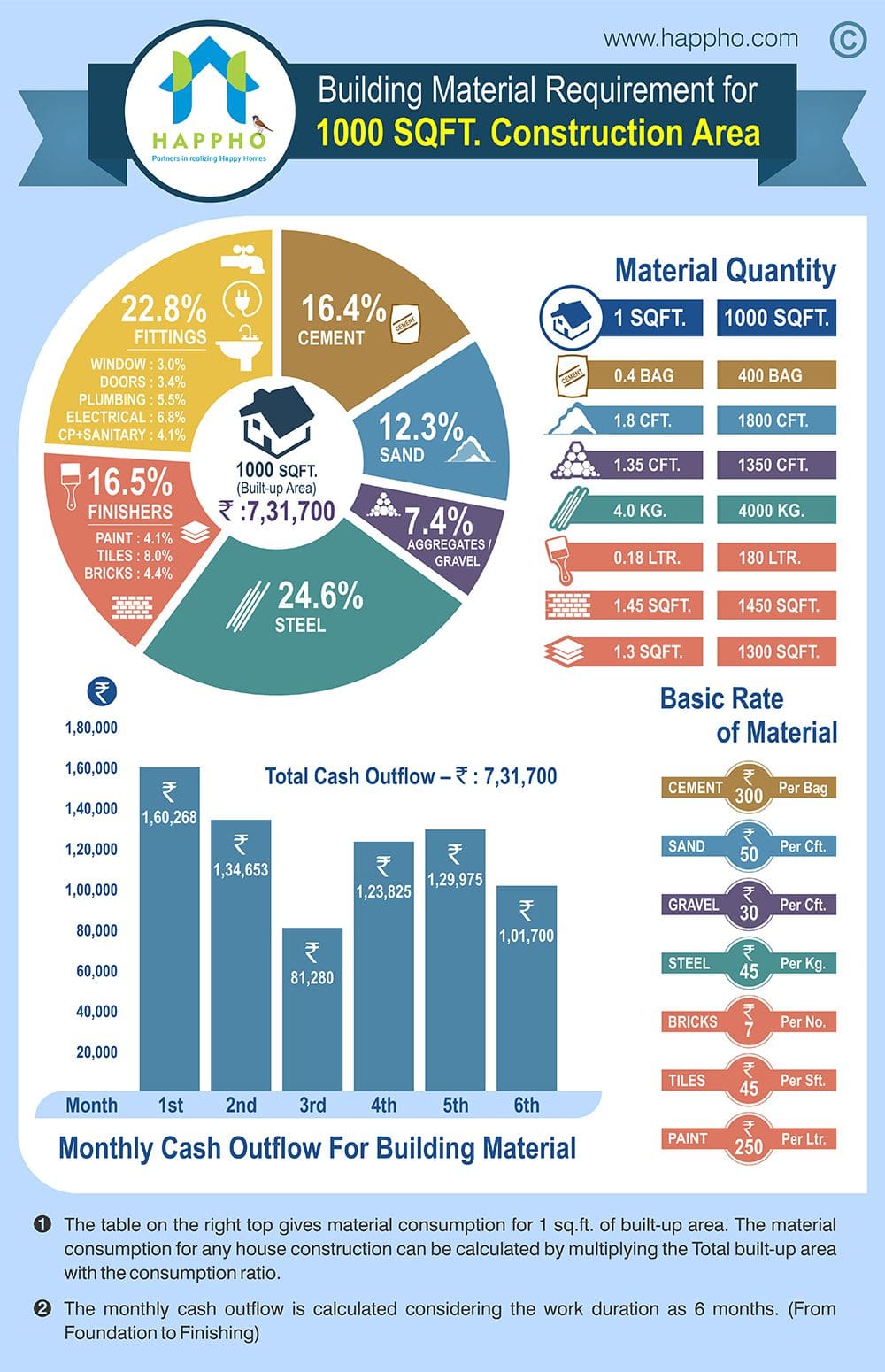Seasonal Factors In Industrial Exterior Paint: Trick Insights You Should Know
Seasonal Factors In Industrial Exterior Paint: Trick Insights You Should Know
Blog Article
Web Content Writer-Burnham Bagger
When you're preparing a business exterior paint job, seasonal factors can make or break your results. You'll want to consider how temperature level and moisture effect paint application and drying out times. Picking the best season can ensure your paint sticks effectively and lasts longer. But which seasons are genuinely the best for this sort of work? Allow's discover the crucial elements that can impact your task's success.
The Effect of Temperature on Paint Application
When you're planning a commercial external painting task, the temperature level can substantially affect just how well the paint adheres and dries out.
Preferably, you wish to repaint when temperature levels vary between 50 ° F and 85 ° F. If it's as well chilly, the paint may not heal effectively, resulting in issues like peeling off or splitting.
On the other hand, if it's as well warm, the paint can dry out too promptly, stopping correct attachment and resulting in an uneven finish.
You ought to also think about the time of day; early morning or late afternoon supplies cooler temperature levels, which can be more favorable.
Constantly check the supplier's recommendations for the specific paint you're utilizing, as they commonly provide advice on the suitable temperature level range for ideal results.
Moisture and Its Result on Drying Times
Temperature isn't the only ecological element that affects your industrial exterior painting job; humidity plays a significant role too. High moisture levels can decrease drying times drastically, influencing the overall top quality of your paint job.
When the air is filled with wetness, the paint takes longer to cure, which can bring about problems like bad adhesion and a higher threat of mildew growth. If you're repainting on a particularly moist day, be prepared for extensive delay times in between layers.
https://www.bobvila.com/articles/cost-to-paint-a-room/ to keep an eye on regional weather conditions and strategy appropriately. Preferably, go for moisture levels between 40% and 70% for optimum drying out.
Keeping these factors in mind ensures your job stays on track and delivers a long lasting finish.
Best Seasons for Commercial Outside Painting Projects
What's the very best time of year for your commercial exterior paint jobs?
Spring and very early loss are typically your best bets. During these periods, temperatures are light, and moisture levels are commonly lower, developing optimal problems for paint application and drying out.
Avoid https://local-painters-near-me76654.blogsvirals.com/34336027/a-thorough-guide-to-picking-a-painting-contractor-step-by-step , which can create paint to completely dry as well promptly, leading to inadequate adhesion and coating. Likewise, https://professional-painters-nea66655.is-blog.com/41839091/exactly-how-to-choose-a-paint-professional-a-detailed-overview can impede proper drying and curing, running the risk of the long life of your paint job.
Go for days with temperature levels in between 50 ° F and 85 ° F for optimum results. Keep in mind to check the neighborhood weather prediction for rain, as wet conditions can ruin your task.
Preparation around these elements ensures your painting job runs smoothly and lasts longer.
Verdict
To conclude, preparing your industrial external paint jobs around seasonal considerations can make a substantial difference in the end result. By scheduling work throughout the perfect temperatures and moisture degrees, you'll make certain far better adhesion and drying times. Bear in mind to watch on regional weather report and choose the right time of year-- springtime and early fall are your best choices. Taking these steps will certainly help you achieve a resilient and specialist finish that lasts.
